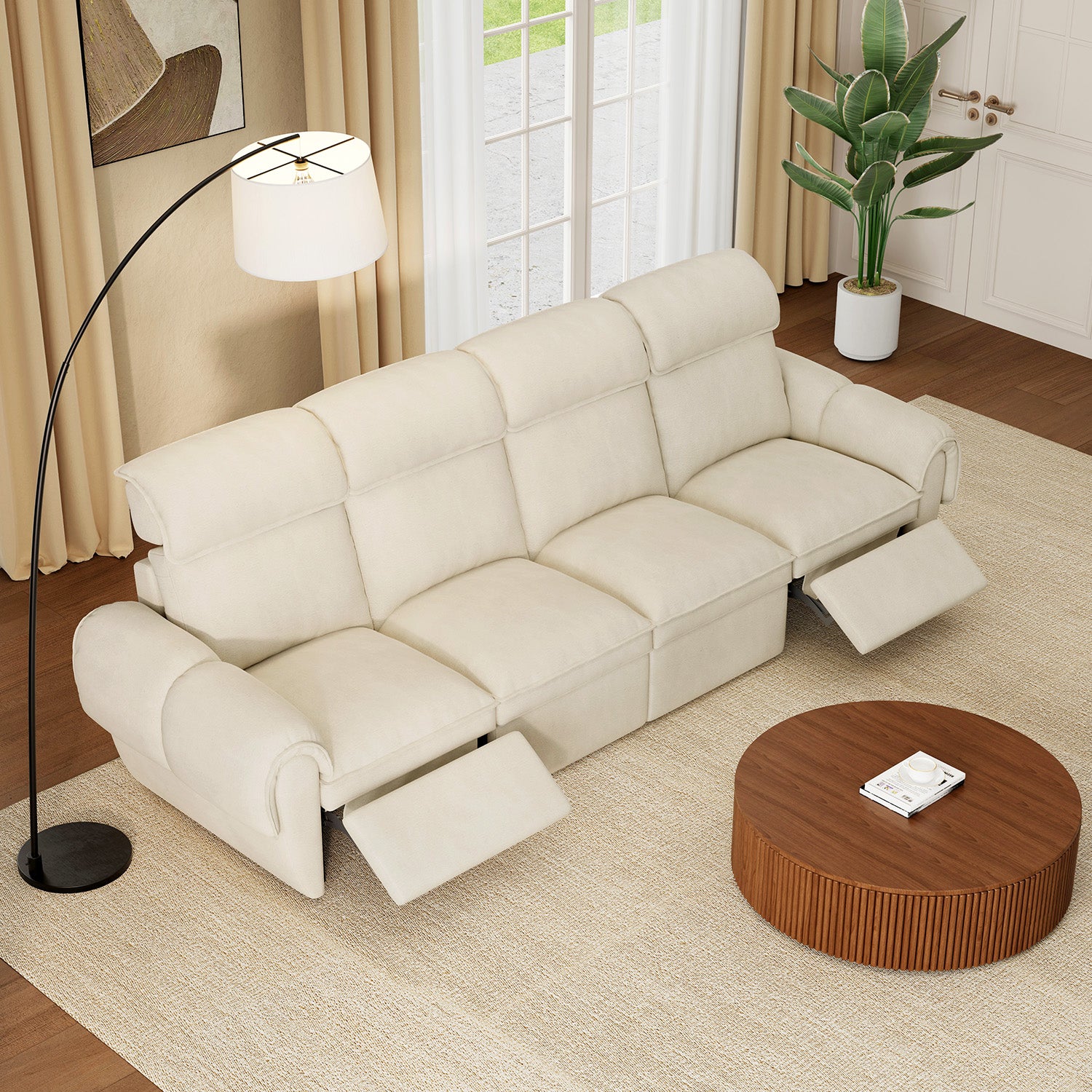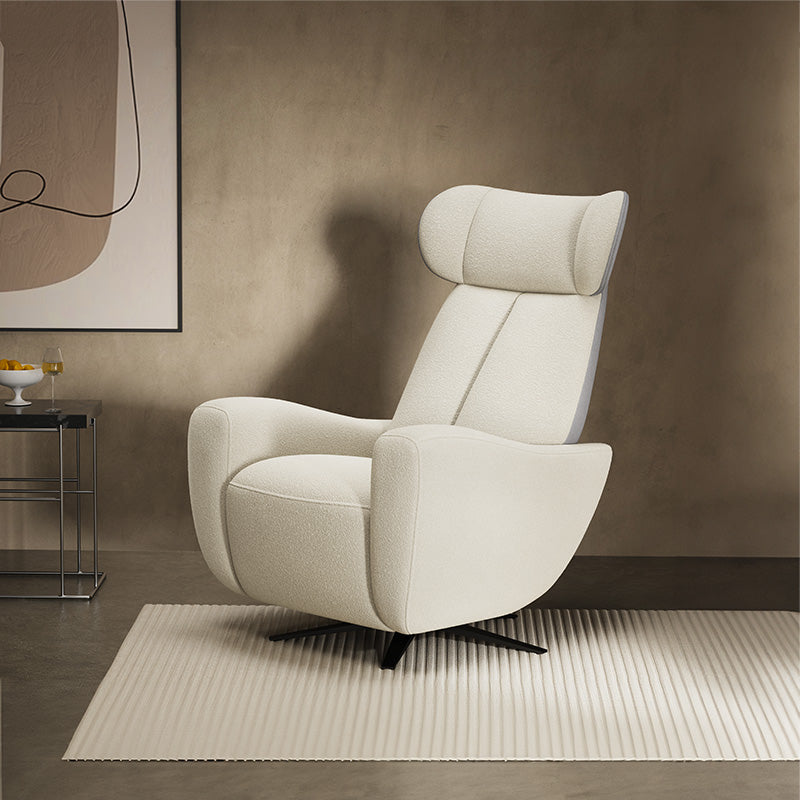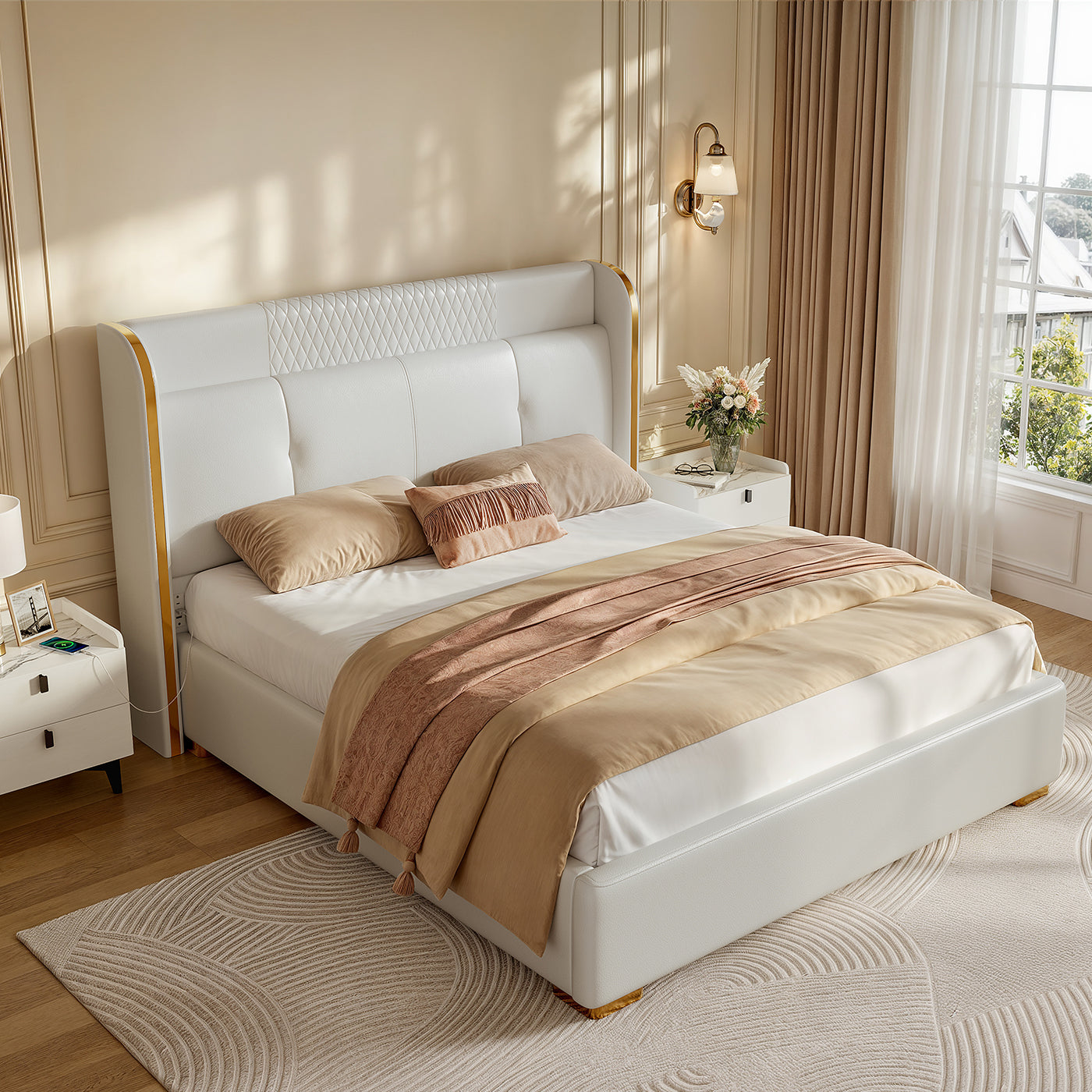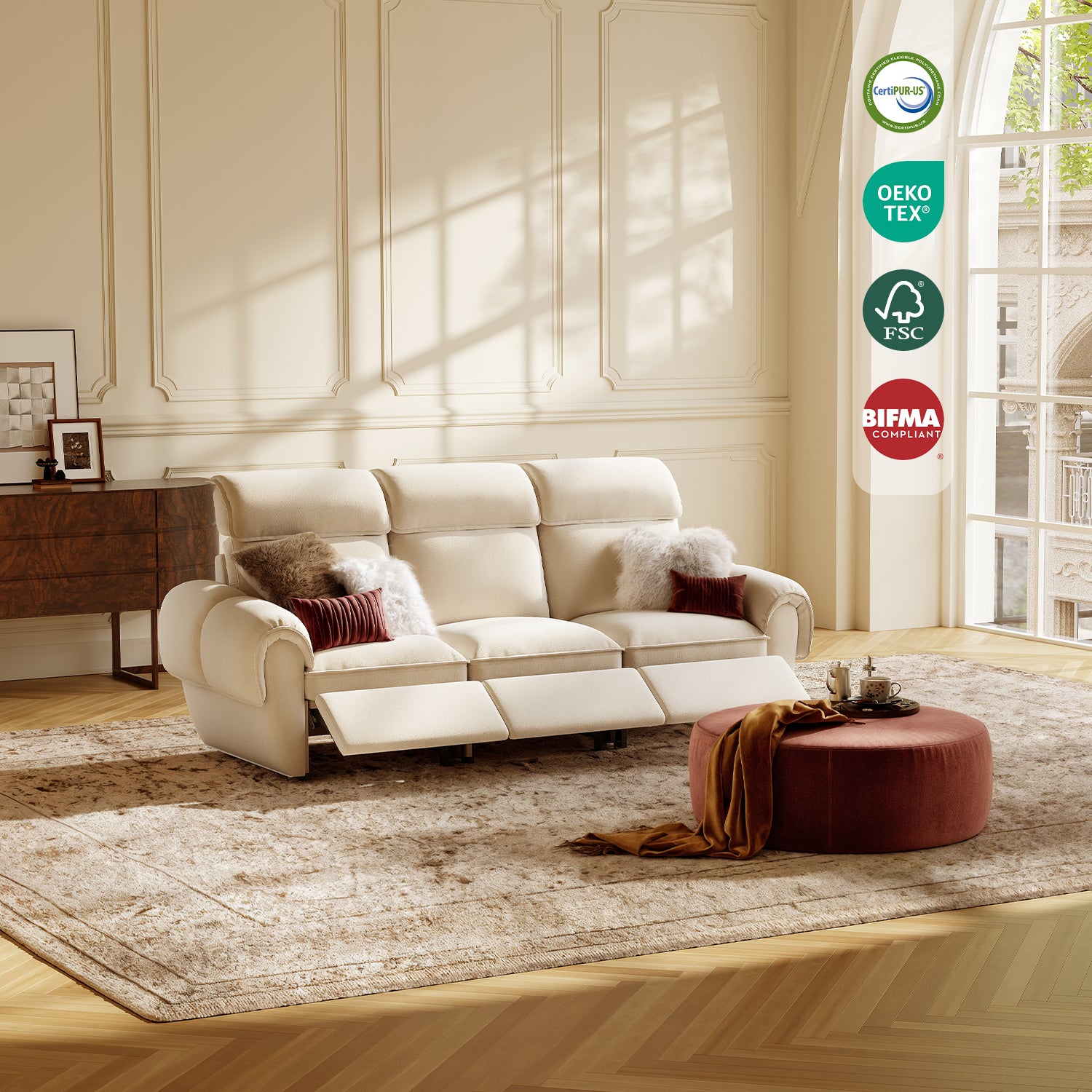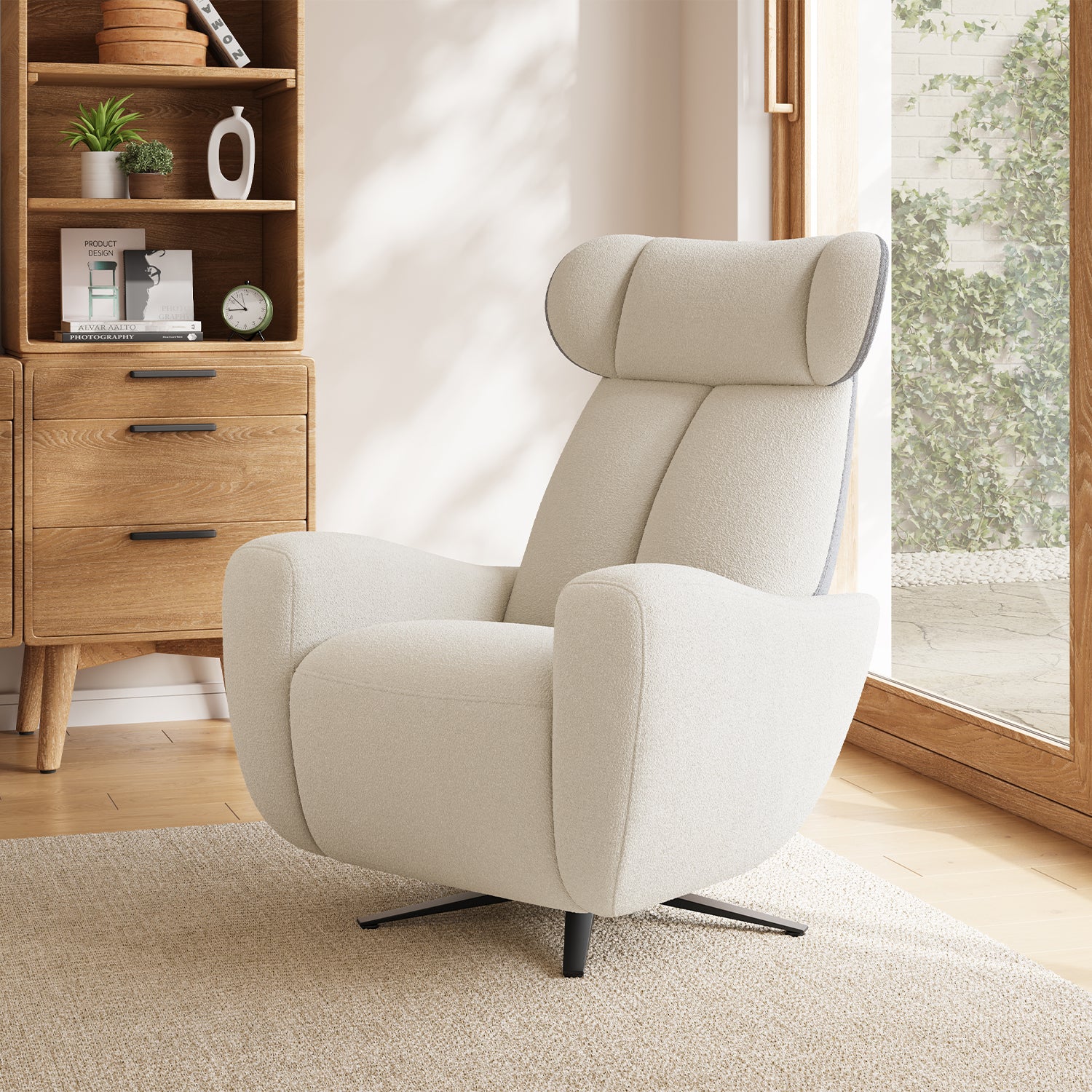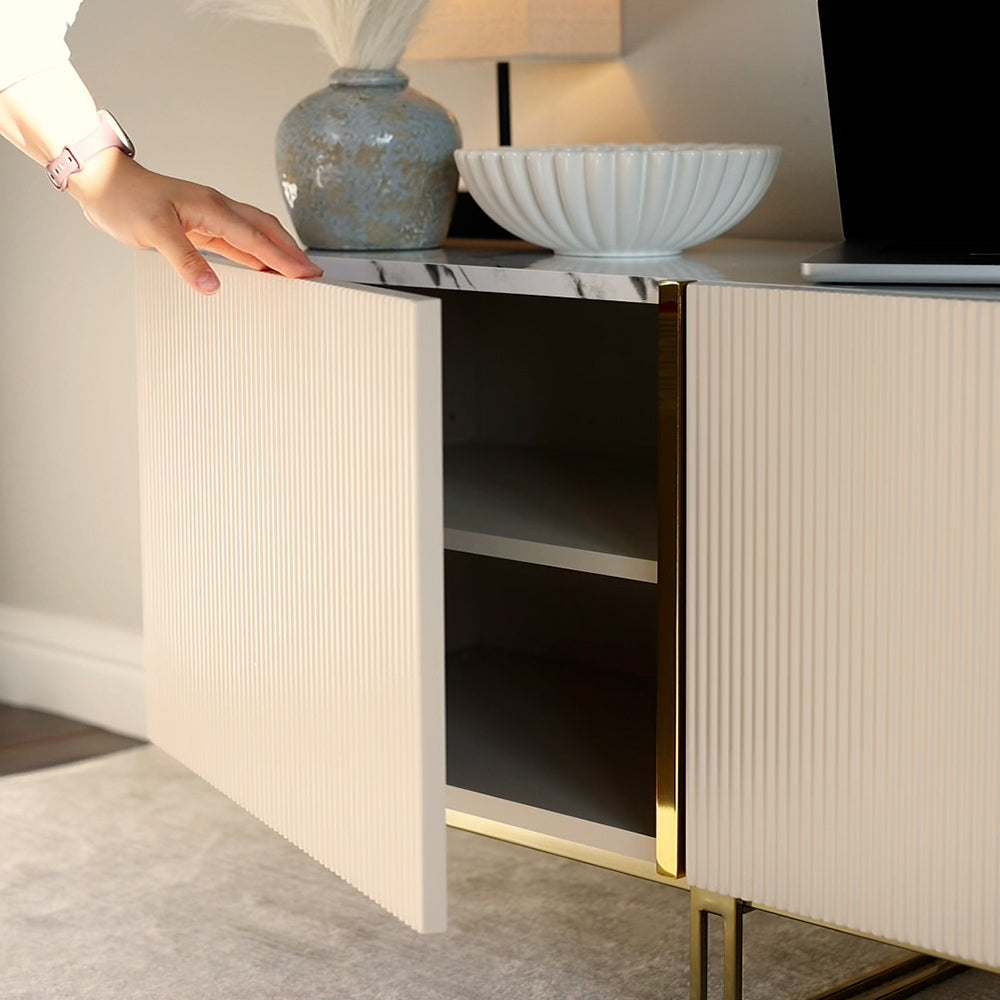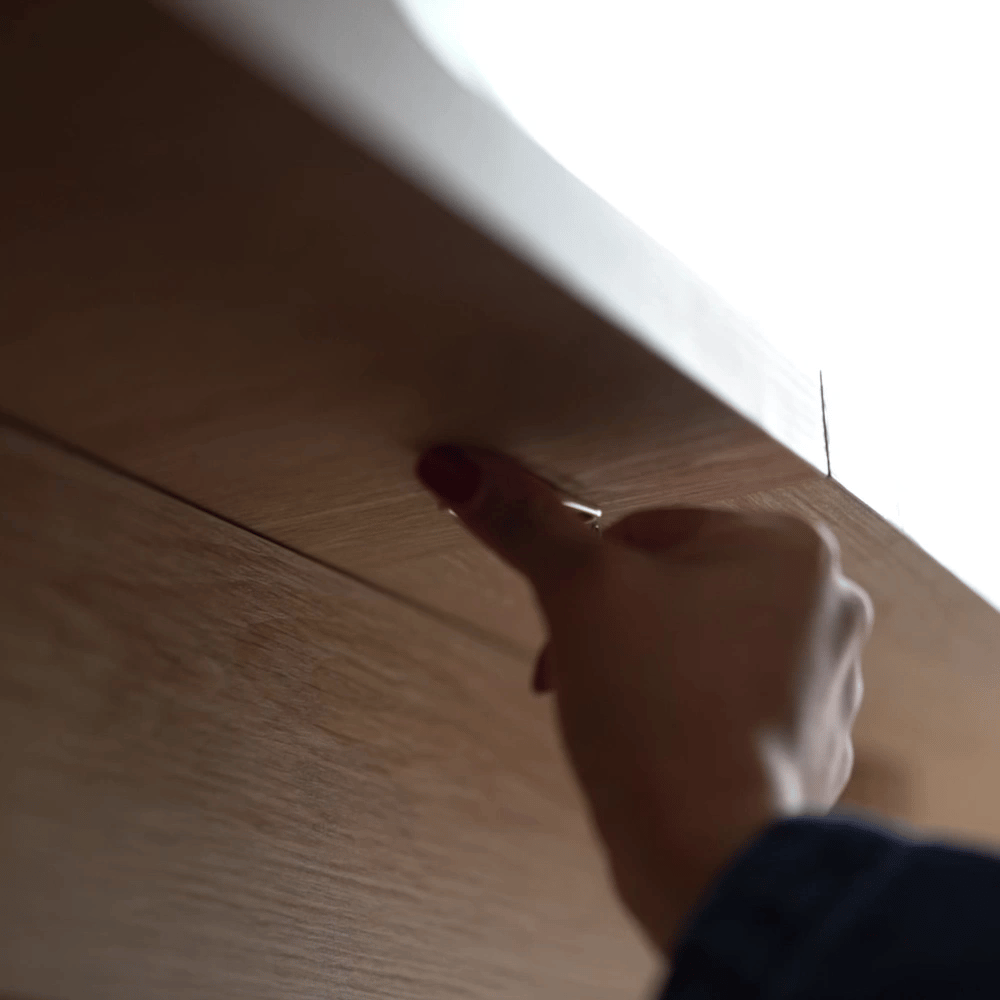If your couch is looking a little worse for wear, but you’re not ready to splurge on a new one, recovering it is a great option. Reupholstering a couch may seem like a big job, but with the right tools, materials, and a bit of patience, it’s a DIY project that can save you hundreds of dollars. Here’s how to recover a couch on a budget in six simple steps.
Table of Content
1. Assess the Condition of Your Couch
Before diving into the project, take a moment to assess the overall condition of your couch. The fabric may be torn or outdated, but the structure of the couch should still be sound for reupholstery to make sense. Look for signs of wear like sagging cushions, broken springs, or a wobbly frame. If the frame is unstable or the cushions are beyond repair, it may be better to invest in a new couch. However, if the frame is solid and the cushions can still be used, recovering the couch is a great way to extend its life.

2. Choose the Right Fabric
The fabric you choose plays a significant role in both the look and durability of your newly recovered couch. Luckily, there are many affordable options available. Here are some good budget-friendly fabric choices:
- Canvas:
A durable, easy-to-work-with fabric available in a variety of colors and patterns. It's especially great for casual or modern-style couches.
- Cotton:
Soft and breathable, cotton is another affordable option. However, it may require more maintenance than synthetic fabrics, as it can stain or wrinkle easily.
- Slipcovers:
If you don’t want to completely reupholster your couch, a slipcover is an inexpensive and easy alternative. Slipcovers come in various sizes and can be quickly slipped on and off for washing.
- Remnant Fabrics:
Check fabric stores for fabric remnants, which are leftover pieces of fabric that are sold at a discount. This can be a great way to score high-quality material for less.
Consider the durability of the fabric as well. Choose a fabric that can withstand everyday use, especially if you have children or pets.
3. Gather Tools and Materials
Once you’ve chosen your fabric, you’ll need to gather the necessary tools and materials to complete the project. Here’s what you’ll need:
- Staple gun and staples:
For attaching the fabric to the frame.
- Scissors:
To cut the fabric to size.
- Measuring tape:
To ensure accurate measurements.
- Upholstery needles and thread:
For hand-sewing the fabric when necessary.
- Screwdriver:
To remove any screws, legs, or cushions.
- Batting or foam (optional):
If you need to add extra padding or replace old cushions.
- Upholstery tacks or decorative trim (optional):
To add a finishing touch to the seams.
With everything ready, find a clean, spacious area to work. A large table or clean floor will give you the space you need to measure, cut, and assemble the fabric.

4. Remove the Old Upholstery
The next step is to carefully remove the old fabric. Using a screwdriver or pliers, begin removing any staples, tacks, or screws holding the upholstery in place. Start with the bottom or back of the couch and work your way around. Be careful not to damage the frame or other components while removing the old fabric.
As you go, take note of how the fabric was attached, particularly if it’s your first time reupholstering. This will serve as a guide for when you attach the new fabric. If your cushions are removable, remove them and set them aside to recover separately or replace the foam.
5. Measure, Cut, and Attach the New Fabric
Once the old fabric is removed, it’s time to measure and cut the new fabric. Use your measuring tape to determine the dimensions for the seat, back, arms, and any other sections that need recovering. Be sure to add a few extra inches to each measurement for tucking and stapling the fabric into place.
Cut your fabric carefully and lay it out on the couch. Start with the largest sections, such as the seat or back. Lay the fabric over the frame and pull it tightly to avoid wrinkles or loose areas. Using your staple gun, staple the fabric to the frame, beginning in the center of each side and working outward. This ensures the fabric is evenly stretched and secured. When you reach the corners, fold the fabric neatly and staple it in place.
For the cushions, wrap them tightly with fabric and staple or sew the fabric underneath. If you want a cleaner look, you can sew the fabric into a custom cover for each cushion.
6. Reassemble and Finish
Once the fabric is securely attached, it’s time to reassemble the couch. Replace the cushions, reattach any legs, and check that all the fabric is smooth and secure. If necessary, trim any excess fabric or staple down any loose edges. For a more polished look, you can add finishing touches like upholstery tacks, trim, or piping along the seams.
Take a step back and admire your work. The newly recovered couch should now look like a fresh, custom piece of furniture. To keep it looking its best, make sure to follow the care instructions for your chosen fabric, and consider using a fabric protector to safeguard against stains and wear.
Conclusion
Recovering a couch on a budget is a fantastic way to refresh your living space without breaking the bank. With careful planning and the right materials, you can give your old couch a new life and enjoy a custom look that matches your style. While it may take a little time and effort, the result is a beautiful, functional couch that you can be proud of—and all for a fraction of the cost of buying new. Happy upholstering!
If you want to buy our home furniture or couch for living room, you can check out more on our store



